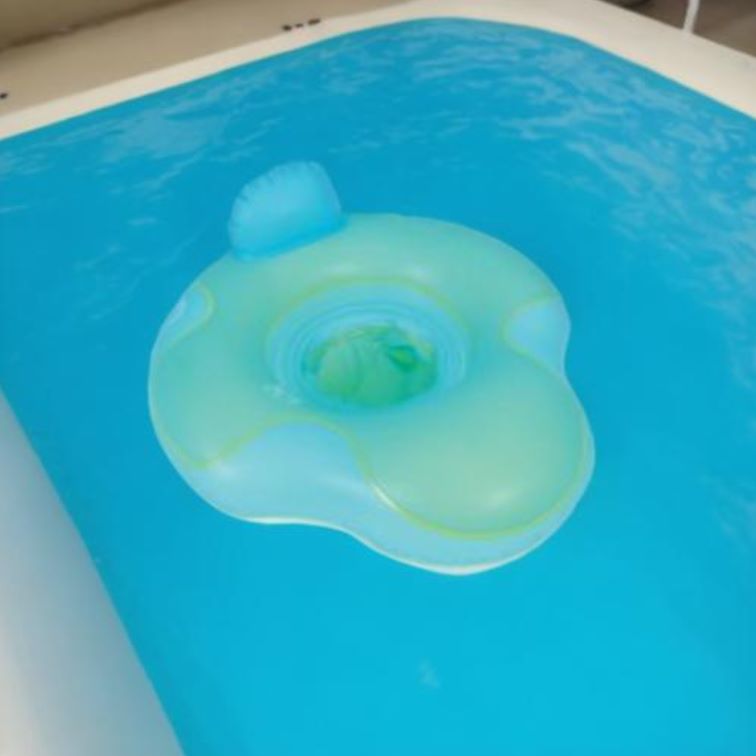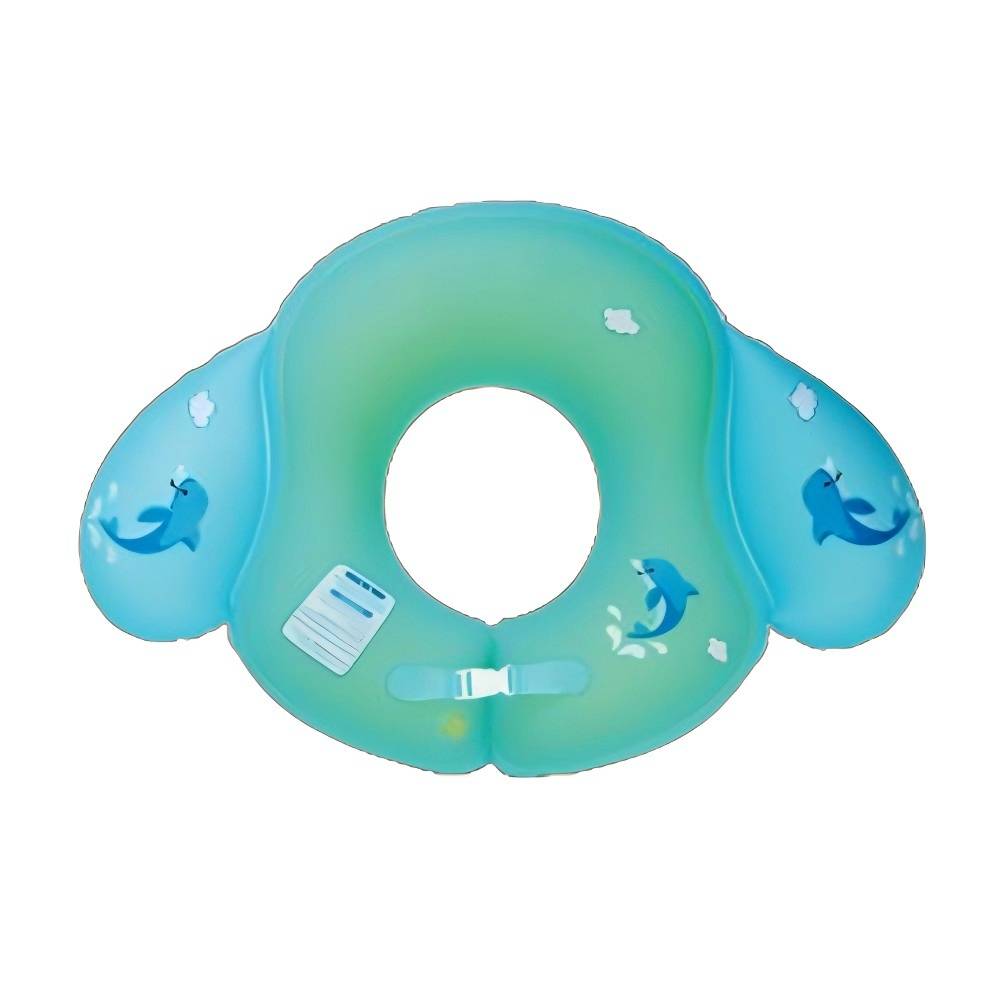Many parents are eager to introduce their newborns to water activities, often considering inflatable baby swim rings as a fun and safe option. However, safety concerns arise when it comes to using these swim rings for babies as young as newborns. In this article, we’ll explore whether inflatable baby swim rings are safe for newborns, factors to consider, and the best designs to ensure your baby’s safety in the water.
 1. Are Inflatable Baby Swim Rings Suitable for Newborns?
1. Are Inflatable Baby Swim Rings Suitable for Newborns?
When it comes to newborns, safety is the number one priority. While inflatable baby swim rings are generally designed to provide support and comfort, they may not be suitable for very young babies, particularly those under three months old. Newborns have delicate neck and head control, and their ability to support themselves in water is limited.
For babies under three months old, parents should be cautious and consider using swim rings that specifically offer more neck and head support. These rings should be designed to securely support the baby’s upper body, preventing any slipping or tipping over while in the water.
2. Differences Between Newborns and Babies Over Three Months Old
As your baby grows and develops, their ability to use an inflatable baby swim ring increases. For newborns (under three months), extra caution is needed. After three months, babies start to gain more control of their head and neck, making them more suited to using baby swim rings for newborns.
Here’s a breakdown of the suitability based on age:
· Newborn (0-2 months): Babies in this stage have little to no head and neck control. They require more supportive and secure swim rings that provide proper neck and head cushioning.
· 3-6 months: By this age, babies develop stronger head control and can use inflatable baby swim rings with more independence. However, rings with additional padding and secure leg openings are still recommended.
· 6+ months: At this stage, babies can enjoy more freedom in the water, and many swim rings are specifically designed to allow for movement while still providing support.
3. Key Features for Newborn-Friendly Inflatable Baby Swim Rings
Not all inflatable baby swim rings are created equal. For newborns, look for the following features to ensure safety and comfort:
· Head and Neck Support: Choose rings that provide adequate neck support, as newborns have delicate head control. A design with a higher backrest or soft, supportive padding is ideal.
· Soft Materials: Soft, gentle materials are crucial to prevent any irritation or discomfort to your baby’s sensitive skin. Look for swim rings made from non-toxic, skin-safe materials.
· Secure Fit: The swim ring should fit snugly around the baby’s body without being too tight. Adjustable straps or leg openings can help ensure a secure and safe fit.
· Stability: A stable ring with a wide circumference and low center of gravity will provide better balance and reduce the risk of tipping over.
 4. Safety Tips When Using Inflatable Baby Swim Rings
4. Safety Tips When Using Inflatable Baby Swim Rings
To ensure the utmost safety when using inflatable baby swim rings, parents should keep the following tips in mind:
· Always supervise: Never leave your baby unattended in or around water, even when using a swim ring.
· Use in shallow water: Limit the use of swim rings to shallow, calm waters to avoid any accidents.
· Check the ring’s condition: Inspect the swim ring before each use to ensure it is properly inflated and free of damage.
· Gradual introduction to water: Gradually introduce your baby to water, ensuring they feel comfortable before using a swim ring for extended periods.
Conclusion
In summary, inflatable baby swim rings can be safe for newborns, but only if the right design and features are selected. Parents should ensure they choose a ring that offers adequate head and neck support, especially for babies under three months. As babies grow, they will be able to enjoy more independence in the water with the right swim ring. Always prioritize safety, supervise closely, and choose a swim ring that meets your baby’s specific needs.
